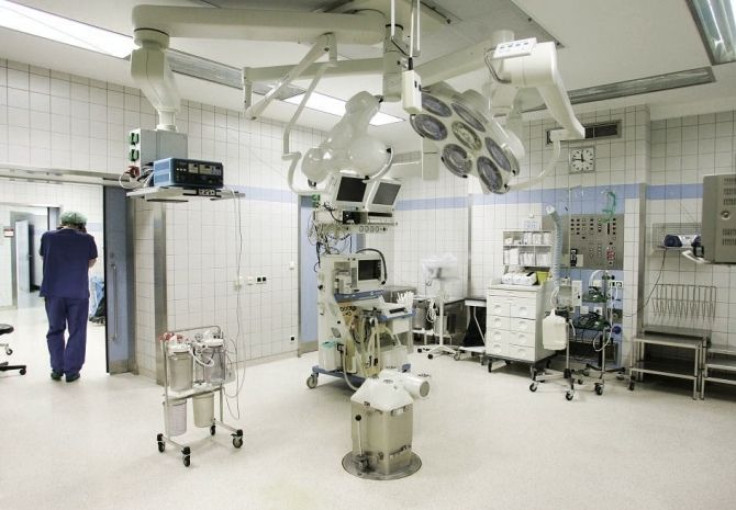Serious C. diff Infections Hit Historic Highs, Pop Up in Unexpected Places

A bacterial epidemic linked to about 14,000 U.S. deaths and 300,000 hospitalizations every year, is spreading not just in hospitals but in doctor’s offices, clinics, nursing homes, and other healthcare facilities, according to a Centers for Disease Control and Prevention released on Tuesday.
Although most of other health care-associated infections have declined in the past decade, infections and deaths by Clostridium difficile, which causes severe diarrhea, inflammation and bleeding in the colon, and death, remain at “historically high” levels, the CDC said in a statement.
"Traditionally, C. diff infections were thought to be mostly a problem for hospitals. But today's report shows that these infections are a patient safety concern in nursing homes and outpatient care settings as well," Ileana Arias, PhD, CDC principal deputy director, said to reporters at a news conference.
While half of infections are in people younger than 65 years, 90 percent of C. difficile deaths are in people 65 and older.
Data from CDC's Emerging Infections Program showed that 94 percent of all C. diff infections are linked to medical care, and about 75 percent of C. difficile infections are found in people who recently visited doctor's offices, clinics, or nursing homes.
CDC previously estimated that every year about 337,000 U.S. hospital stays are related to C. difficile infections, which adds adding at least $1 billion in extra costs to the health care system, but recent reports revealed that the hospital estimates represent just a slice of the overall C. difficile epidemic impact.
C. difficile bacteria can survive on hard surfaces for months or longer, and can infect a person who comes into contact and then touches their mouth or between people from dirtied hands and contaminated equipment.
The bacteria typically does not infect health individuals because of healthy gut bacteria, however people on antibiotics are seven to 10 times more likely to be infected and those who have recently finished taking antibiotics are still three times more likely to contract the infection compared to healthy individuals.
"Antibiotics destroy good bacteria that protect us from infection, leaving the door open for C. diff to take over. If people swallow C. diff spores during this time of vulnerability, they can become infected," CDC's C. diff expert and study leader Dr. Clifford McDonald, said at the news conference.
A recent study of 71 hospitals in Illinois, Massachusetts and New York revealed that following CDC guidelines for controlling the infection, by wearing gloves and protective clothing and reducing the use of antibiotics, decreased hospital infection rates by 20 percent.
The CDC recommends six steps for healthcare providers to prevent the spread of the bacteria:
1. Prescribe and use antibiotics judiciously because antibiotic use significantly increases the risk for contracting C. difficile infection, especially in hospitals.
2. Test for C. difficile in patients on or have recently been treated with antibiotics experiencing diarrhea.
3. Isolate infected patients immediately.
4. Wear gloves and gowns when treating infected patients, even during short visits. Hand sanitizers and hand washing may not kill the bacteria.
5. Clean surfaces with bleach or an Environmental Protection Agency-approved disinfectant that kills C. difficile bacteria after an infected patient has been treated there.
6. Alert the facility receiving a transferring infected patient.
“C. difficile infections are usually a regional problem since patients transfer back and forth between facilities, allowing the disease to spread,” said McDonald in a statement. “Health departments have the ability to work with many types of health care facilities, and have a unique opportunity to coordinate local, comprehensive prevention programs to reduce the occurrence of these infections.”



























